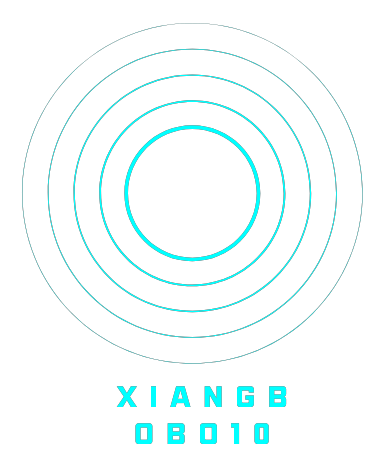Within a vibrant and stimulating world of casinos, where fortune and tactics intertwine, color and aesthetic play a key role in drawing in players. From the moment players step into a casino or access a gaming website, they are enveloped in a sightly feast that captures their attention and lures them to discover more. Vivid colors, engaging graphics, and creative layouts are meticulously crafted to create an atmosphere of excitement and expectation, ultimately enhancing the gaming experience.
As players move through the ever-changing landscape of casino games, they come across a range of designs that not only serve visual purposes but also influence feelings and decision-making. Colors like scarlet and yellow symbolize wealth and luck, while calm blues and emeralds can create a more tranquil environment. Grasping how these elements function together enables casinos to create an welcoming and energizing atmosphere that encourages players to interact with the games, invest more time at the tables, and boost their general enjoyment.
The Study of Hue in Gambling Games
Color plays a key role in the development of gambling games, influencing players’ feelings and actions. Lively and striking hues, such as crimson and amber, are often used to stimulate thrill and attract notice. These shades create a sense pressure and vitality, encouraging participants to involve themselves more enthusiastically with the activity. By strategically selecting tints, creators aim to evoke emotions of satisfaction and excitement, which can enhance the complete game experience.
Various shades also have psychological meanings that can impact how gamblers perceive their odds of winning. For case, green is commonly associated with good fortune and wealth, making it a well-liked choice in activities like the roulette wheel and poker tables. This link can cause players to feel more hopeful and confident in their gameplay, ultimately motivating them to bet more. Grasping these connections allows game creators to craft environments that enhance player happiness and engagement.
Moreover, the layout of casino game interfaces often employs blended colors and opposing colors to instruct players’ actions. For instance, successful outcomes may be emphasized with vivid, contrasting colors, creating a visual cue. This method strengthens positive outcomes and encourages repeated gameplay. By leveraging the science of color, gambling establishments can develop games that not only captivate participants but also hold them interested and dedicated in their game experience.
Creative Elements that Engage Players
The visual appeal of casino games is largely influenced by the implementation of bold colors. Bright and striking colors are deliberately chosen to create an appealing atmosphere that grabs attention. For instance, reds and golds often signify good fortune and wealth, which is why they are common in the palettes of slot machines and game surfaces. These colors not only draw players in, but they also stir emotions related to thrill and anticipation, enhancing the total gaming experience.
In parallel to color, the aesthetic and organization of casino games play a significant role in captivating players. Games are designed to be user-friendly, ensuring that players can quickly understand the rules and gameplay. User-friendly interfaces, along with captivating graphics and motion, help maintain player interest and encourage extended play sessions. The tactile elements, such as the feel of the buttons and the sounds of the games, also contribute to a comprehensive sensory experience that keeps players engaged.
Finally, conceptual elements in game design can significantly influence player choice. Many casino games are inspired by media, myths, or adventure themes, featuring symbols and characters that connect with players. These themes create a sense of engagement and relatability, making each game feel distinct. When players feel a connection to the concept, they are more likely to choose that game over others, leading to higher participation and enthusiasm within the casino environment.
Case Studies: Successful Gambling Game Designs
One noteworthy example of effective casino game design is the acclaimed slot machine series based around popular movies. Games such as those based on the The Wizard of Oz and Game of thrones utilize dynamic colors and high-quality graphics to engage players in familiar narratives. https://ku8888.one/ The employment of lively visuals and captivating sound effects grabs the interest of players, building an emotional connection to the theme. This strategy merely promotes longer play but also enhances the overall gaming experience, resulting in increased player retention.
Another effective case is the application of the psychology of color in table games like 21 and roulette. Casinos often create these games with rich reds and greens, colors traditionally associated with luck and wealth. For instance, the emerald felt on a 21 table provides a calming effect, while the red accents in roulette invite thrill. This intentional use of color helps to establish an inviting atmosphere that encourages players to participate, satisfying their psychological impulses and enhancing their enjoyment.
Finally, online casino games that incorporate community features and bright, lively designs have achieved remarkable success in engaging players. Games like Zynga’s Poker and Slot-O-Mania leverage bright colors and playful animations to create an inviting online environment. The integration of leaderboards, community sharing options, and in-game rewards encourages competition and community, attracting players in for longer sessions. Such designs not only make the games visually enticing but also underscore social connectivity, a crucial factor in player retention and engagement within online casino environments.

